27 Oct In Owner Financing What if the Buyer Defaults?

You’ve likely heard the adage, “don’t invest what you can’t afford to lose.” Well, if you’re pursuing real estate deals the right way, you often aren’t investing much. Regardless, when one of your investments heads south, it’s a good idea to have a backup plan. One of our goals as a business is to prepare our students for all scenarios. So if you find yourself in a situation where you’re at-risk, we want to support you. That’s why we’re answering one of the most burning questions for our students, “In owner financing what if a buyer defaults?“
How to handle owner financing if the buyer defaults
The first thing to know is that as you accumulate properties and work this business, you’re going to create enough spreads with your other deals to cover properties that end up sitting vacant if a buyer defaults.
So a buyer defaulting on a property probably isn’t going to be much of a problem for you. Especially since we set up each one of our buyers as we do on all of our other properties–that is, we always structure deals so our buyers can succeed. However, sometimes, no matter how much you try to help your buyer, you might run into a few who go into default.
If you do have a defaulting buyer, this is why you create spreads. A spread is a difference between what you have to pay the seller and what you collect from your buyer. Eventually, with enough investments, you will generate enough of a monthly cash flow between all your deals to cover any hiccups that may happen.
When you have the spread, it’s like we’re coming out of pocket to cover all the costs, but what is really happening is that we’re pulling money from other deals. So, with an agreement we recently had that defaulted, I would say we netted about $4,800 on that because a couple of months with a vacant property and a total out-of-pocket cost each month is about $2,200, including principal, interest, taxes, and insurance.
So, we’re getting roughly $450 in principal paydown every month on this property. $450 multiplied by the 36-month lease agreement will give you about $16,000.
Even though we were making these payments while the property was vacant, we’re still accumulating that principal paydown, so $16,000 came off the purchase price.
All 3 Paydays™ from these first two tenant buyers are going to total $12,000 in the non-refundable deposit, leaving you with about $4,800 in. Then you have $16,000–so the total is around $33,000 in profit from the first two buyers (both of whom defaulted).
Even though this property defaulted and sat vacant, we took a bad situation–where two tenant-buyers defaulted–and we still made $33,000. That’s not a bad return on investment. Though we dealt with many hiccups in this deal, we were still able to work out a good return on investment. Plus, we were able to get a nine-year term on this agreement, and we still have six years left on our contract with the seller.
So when asking yourself, “what if the buyer defaults on an owner financing deal,” rest assured that we are here to help you, and a defaulting buyer doesn’t have to mean a loss on your investment.
If you would like to learn more about what happens with buyer defaults, check out the full video on our YouTube channel.
How Rent-to-Own Can Help You
So your buyer defaulted on an owner-financed home–what now? Funny enough, you may have more options than you think.
One of the reasons we love working with rent-to-own contracts is that sometimes unforeseen circumstances happen, and there’s not much we can do to fix them. But, you can get the tenant-buyer out and find a new purchaser.
However, if you have a traditional buyer with homeowner financing (as in you, the investor, are financing the transaction), you legally have to foreclose on the home. Foreclosing on a buyer, in most states, can cost a lot of money and eat into your bottom line. Not to mention the headache of all the paperwork that goes along with foreclosure.
But, with rent-to-own, you can give your eviction notice and have a new buyer lined up almost as quickly as the former tenant-buyer moves out. This allows you to save time and money while also ensuring that your costs are covered, even with the default. You can rely on preparation and planning ahead of time to help lessen the hit.
Learn more about when in owner financing what if the buyer defaults and more by visiting our website.
Don’t forget! Get your free copy of our Real Estate Investor’s Blueprint. Just fill out the form to the right and we’ll email you our step-by-step guide to getting into investing and owning more homes without using your cash or credit.



